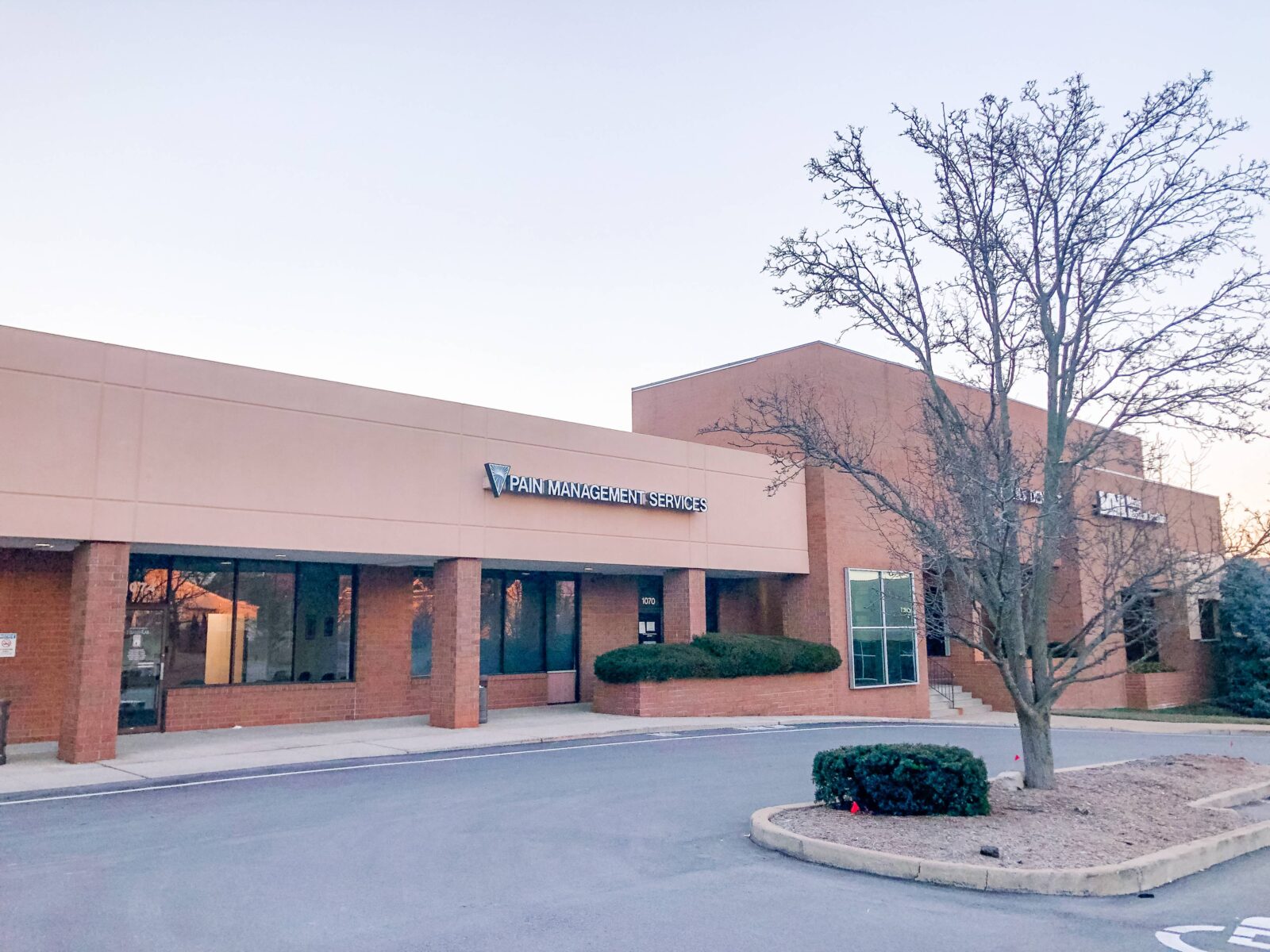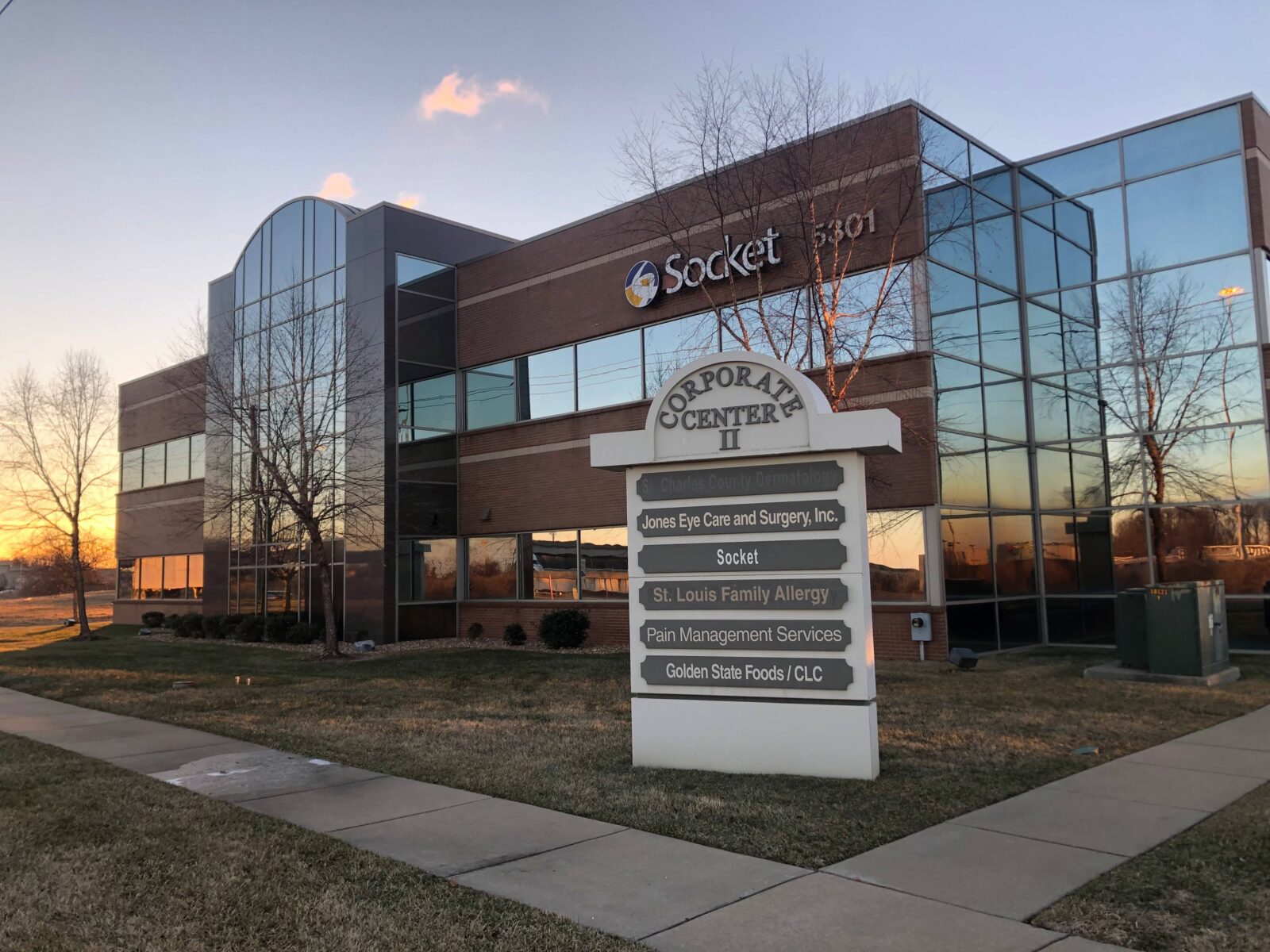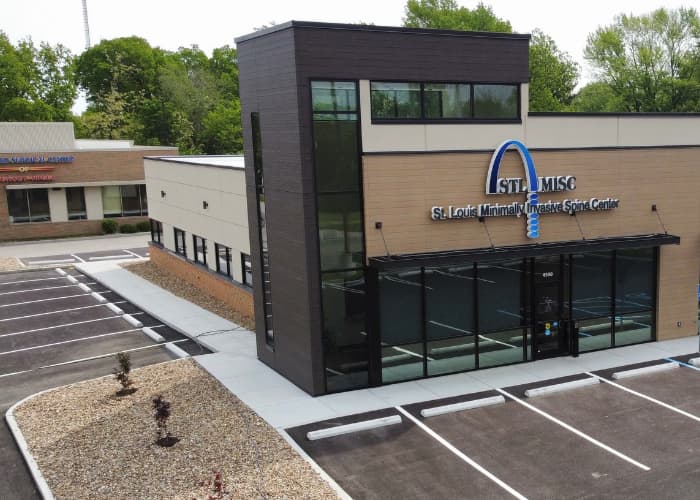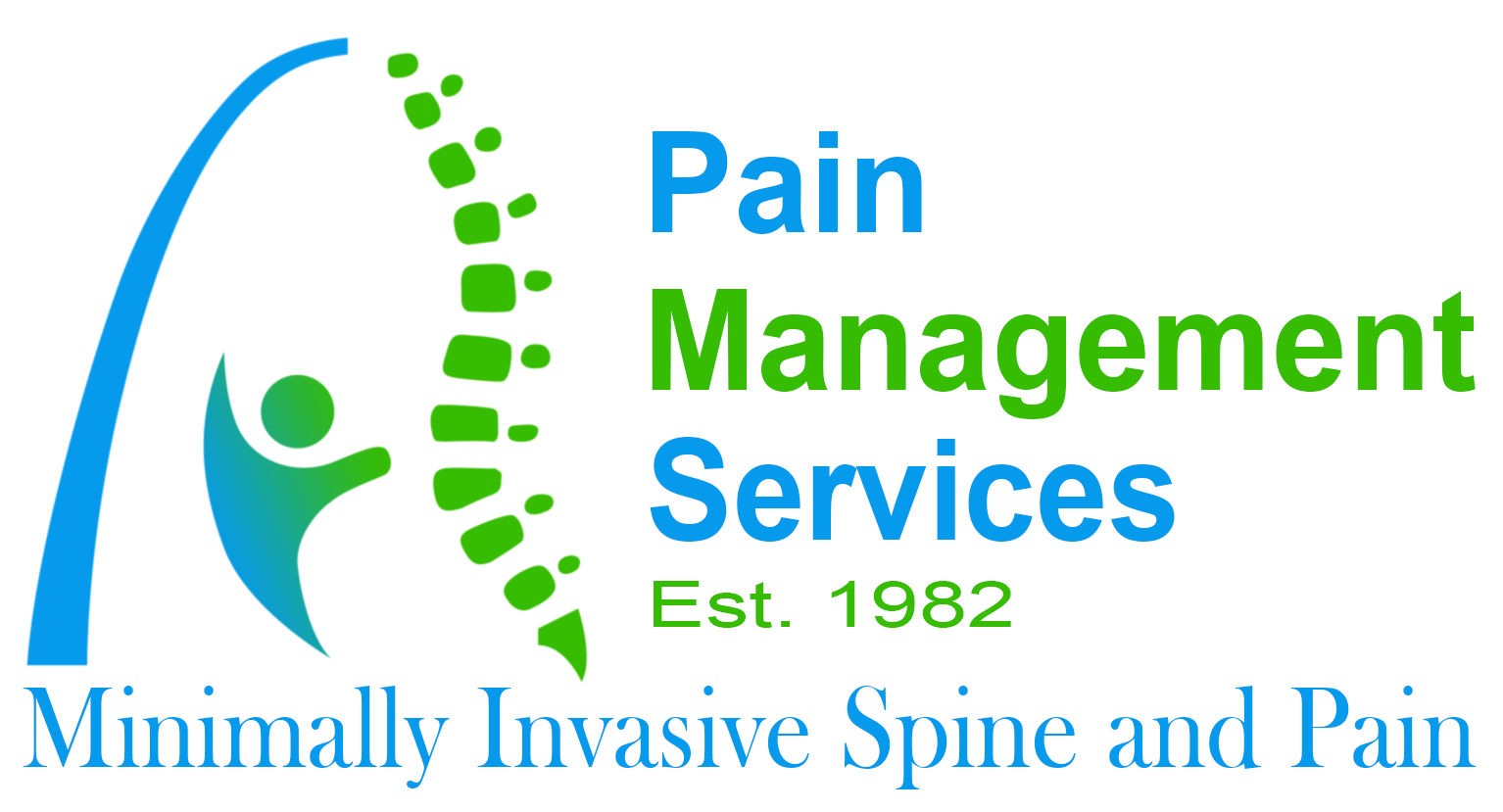Learn About Sacroiliac Joint Radiofrequency Ablation
Situated at the lowermost region of our spine, the sacrum is a triangular bone that serves as a pass-through for many important nerves. Many people believe that the pelvic area consists of one solid bone. On the contrary, between the sacrum and the hip bones, or illium, is a joint known as a sacroiliac joint. As with any joint, it’s possible for this one to become damaged through injury or wear-and-tear. When this joint becomes damaged, a significant amount of pain can result. More effective pain relief is called for when a sacroiliac joint injection has successfully confirmed this area as the source of pain. Pain Management Services offers sacroiliac joint radiofrequency ablation as an effective option for lasting pain relief.
What Is The Purpose Of A Sacroiliac Joint Radiofrequency Ablation?
Within our bodies, nerves serve as the information superhighway. These important tissues transmit sensations, such as pain, from areas around the body to the brain. When irritation or damage to the sacroiliac joint occurs, nerves within the area tell us that it hurts. Radiofrequency ablation uses a combination of radio waves and heat to destroy these nerves, providing relief from the pain. When a sacroiliac (SI) joint injection has indicated that pain in the area has a source within this joint, this procedure is a common next step.
Other techniques will be tried before a sacroiliac joint radiofrequency ablation is used to manage your pain. These include less invasive treatments, including physical therapy and oral medication. Radiofrequency ablation is very effective and can provide relief that lasts from 6 to 9 months in many patients. The pain will recur usually 6 to 9 months later as the nerves regenerate.
The procedure is most often performed as an outpatient treatment. Before you begin the procedure, you’ll be taken to the treatment room, and your vitals will be taken. You’ll then have an IV line placed and be positioned on your stomach. We usually recommend sedation for this procedure given the multiple target sites. The target areas will be cleaned and disinfected before a local anesthetic is administered. Using fluoroscopy, Dr. Cajigal will move the needles into position to target the nerve.
Once in place, the motor testing is completed to ensure the needle is properly placed. The needles will then be subjected to a radiofrequency that cause them to heat 80C for 90 seconds. This treatment will “injure” the nerve reducing its ability to transmit pain signals.
Following the treatment, you may experience soreness for 1-2 weeks. Irritation and muscle spasms may also occur as the nerves slowly break down. It can require two to six weeks for the treatment to provide pain relief. Once it does, relief will hopefully persist for 6 to 9 months. Some patients experience persistent pain relief even beyond this time. If the pain returns, another radiofrequency ablation can be scheduled as long as the patient received 50% reduction in pain for at least 6 months.
Contact Pain Management Services In Des Peres, MO
Call for a consultation when you’re ready to get more information about this procedure. You’ll meet with Dr. Cajigali for an assessment. Following the assessment, he will discuss treatment options for your chronic pain.





